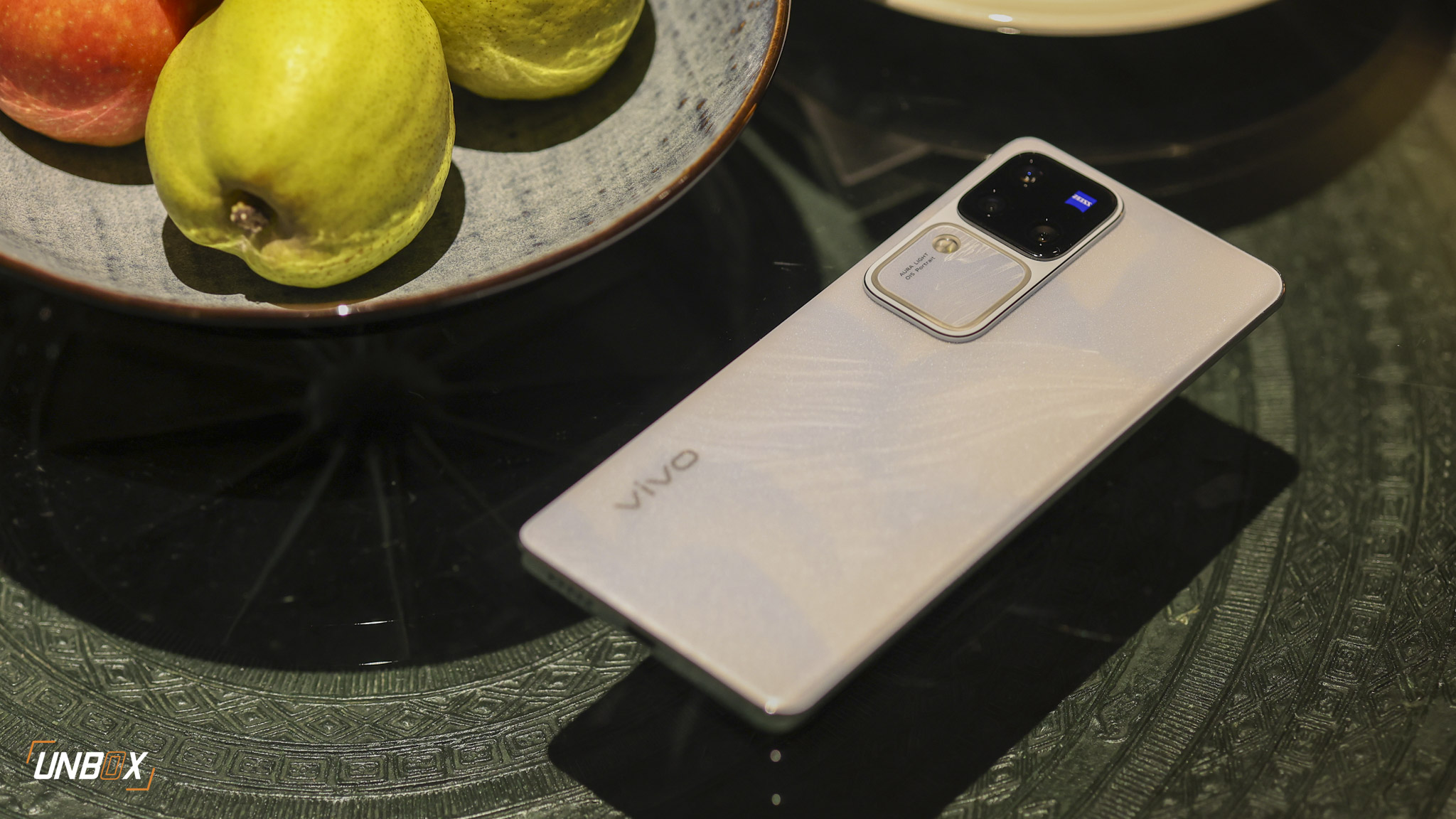 We check out Fujifilm’s latest mirrorless camera!
We check out Fujifilm’s latest mirrorless camera!
In the brewing mirrorless camera wars, Fuji chose the less aggressive-but-proven route. instead of introducing a new full frame mirrorless camera, along with a new lens mount, Fujifilm develops a new sensor and processor, retains the proven X-mount, and introduce a few new features with the X-T3.
 What is it?
What is it?
The X-T3 is the latest model from Fujifilm’s X-series. It is a third-generation APS-C camera from the X-Tx line, but sports an all-new sensor and processor, which Fujifilm describes as a fourth generation X-Trans model.
 It looks like the X-T2.
It looks like the X-T2.
Yes it does on first glance. Comparing both cameras side-by-side, the main difference is ore on the shape: the X-T3 is less curvy than the X-T2, comes with a better hand grip, and is lighter than its predecessor.

With the X-T3, however, you can now opt for the silver color. It is stunning in person, and gives it a retro-modern appeal Fujifilm is known for since the X100.

One of the big external changes with the X-T3 are its ports: this time, you have BOTH a headphone jack and microphone jack, saving you the need for an external grip if you need the headphone jack for monitoring audio. In addition, you get a USB-C port for syncing and charging the X-T3.
The door covering the ports is removable, which is useful for those who plan to use a rig for the X-T3 in doing videos.

Like the X-T2, you have two SD card slots on the camera’s right side. On top of it is a flap that hides the remote jack. It also uses the same NP-W126S battery used on the rest of the X-series cameras. In one charge, the X-T3 is rated for up to 390 shots.

Both the display and EVF get upgrades: the former is now a touchscreen that supports gestures and tap to focus, and the latter is a 3.69 millon dot variety with a 100FPS refresh rate.
 How good is the new sensor?
How good is the new sensor?
The X-T3’s main talking point is its new 26.1-megapixel X-Trans 4 CMOS sensor paired with a new X-Processor 4 imaging processor. The latter is now a quad-core variety (compared to the X-Processor 3’s dual-core setup), which lets the X-T3 have a lower base ISO of 160. You also get new features such as “Color Chrome Effect” for photos and “Eterna” film simulation for videos, along with the ability to shoot 4K60 in 10-bit output—the first APS-C mirrorless prosumer camera to do so.
With the new processor, the X-T3’s autofocus has improved significantly. Aside from being faster, the X-T3 has edge-to-edge autofocus with 2.16 million phase detection pixels. In our initial tests, the X-T3 focuses way faster (and more accurate) compared to the X-T2.
To go along with the X-T3’s new internals, Fujifilm introduced two new lenses with it: the XF 200mm F/2.0 R LM OIS WR telephoto lens (that is bundled with an XF 1.4x teleconverter), and the XF 8-16mm F/2.8 R LM WR ultrawide zoom.
 What, it is made in China?
What, it is made in China?
Yes, and you should not worry about it. While loyal Fujifilm fans will definitely complain about the decision to shift production to China instead of Japan (for the X-T1 and X-T2), it was a necessary change. The move helped in keeping the price of the X-T3 as low as possible, and to meet the expected demand for the new camera.
Fujifilm does have products that are made outside of Japan (some of their lenses are made in the Philippines), and they still maintain the same quality control with their Japanese-made counterparts.
 How much does it cost?
How much does it cost?
During our hands-on with the X-T3, we were told that it will be priced at Php 86,990 for the body only, and Php 109,990 with the XF 18-55mm F/2.8-4 R LM OIS kit lens. Availabilty of units is not available as of this writing, and expect pre-order promos for the X-T3.








